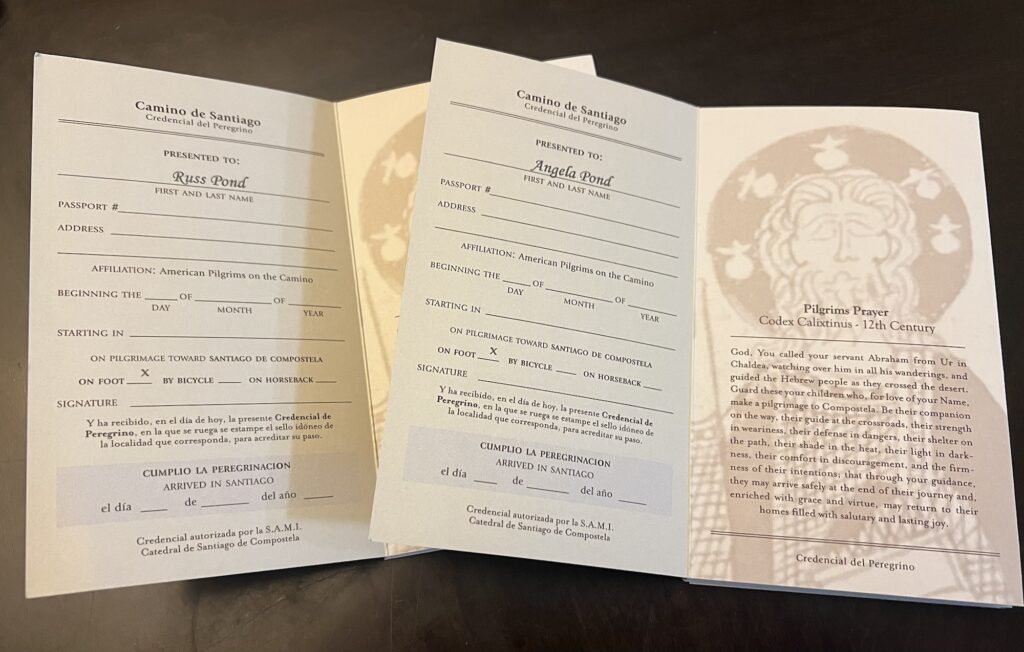The History and Modern Use of the Camino Pilgrim Passport

What Is the Camino Pilgrim Passport?
As we’ve been preparing for our Camino, we keep hearing about the Camino Pilgrim Passport—called the credencial in Spain and Portugal. This little booklet is something every pilgrim carries, and it’s not just a modern gimmick. The passport is an official document that identifies us as pilgrims and lets us collect stamps at each stop along the way. By the time we reach Santiago, it’ll be filled with a colorful record of our journey, showing all the places we’ve visited and the memories we’ve made.

Medieval Origins and Tradition
It’s fascinating to learn that this tradition goes back to medieval times. Back then, pilgrims needed proof that they were on a genuine pilgrimage, especially when asking for help or shelter. Churches and towns would issue documents so travelers could get food, a bed, and safe passage. The passport helped distinguish real pilgrims from wanderers, and it made the whole journey a bit safer and more organized. It’s amazing to think that we’ll be carrying on a tradition that’s lasted for centuries, walking in the footsteps of so many before us.
How the Pilgrim Passport Works Today
Today, the process is pretty straightforward. We already have our blank Pilgrim Passports. As we walk from village to village, we’ll collect stamps—called sellos—from churches, hostels, cafés, and sometimes even fire stations. Each stamp marks a stop on our journey, and we’re looking forward to seeing the pages fill up as we get closer to Santiago.

The passport isn’t just for fun. It’s a ticket to staying in pilgrim hostels (albergues) and it’s required if we want to receive the Compostela certificate in Santiago. For that, we’ll need to show we’ve walked at least the last 100 kilometers (62 miles) and collected enough stamps along the way.
The Compostela Certificate
The Compostela is the official certificate awarded by the Cathedral of Santiago to pilgrims who complete the journey and can prove it with their stamped passport. Originally, it was a sign of religious devotion, but now it’s a symbol of accomplishment for people of all backgrounds. We’re both excited about the idea of receiving our own Compostela at the end of the walk—it’ll be a meaningful reminder of everything we’ve experienced together.
Why the Passport Matters to Us
For us, the Pilgrim Passport is more than just a requirement. It’s a way to connect with the history of the Camino and to make our own memories along the route. Each stamp will tell a story, and we can’t wait to look back through the pages and remember all the little moments and places that made up our adventure. When we show you our passports at the end, you’ll know the story behind every stamp!

Looking forward to seeing your e-mails about your journey, wishing you good luck and safe travels.